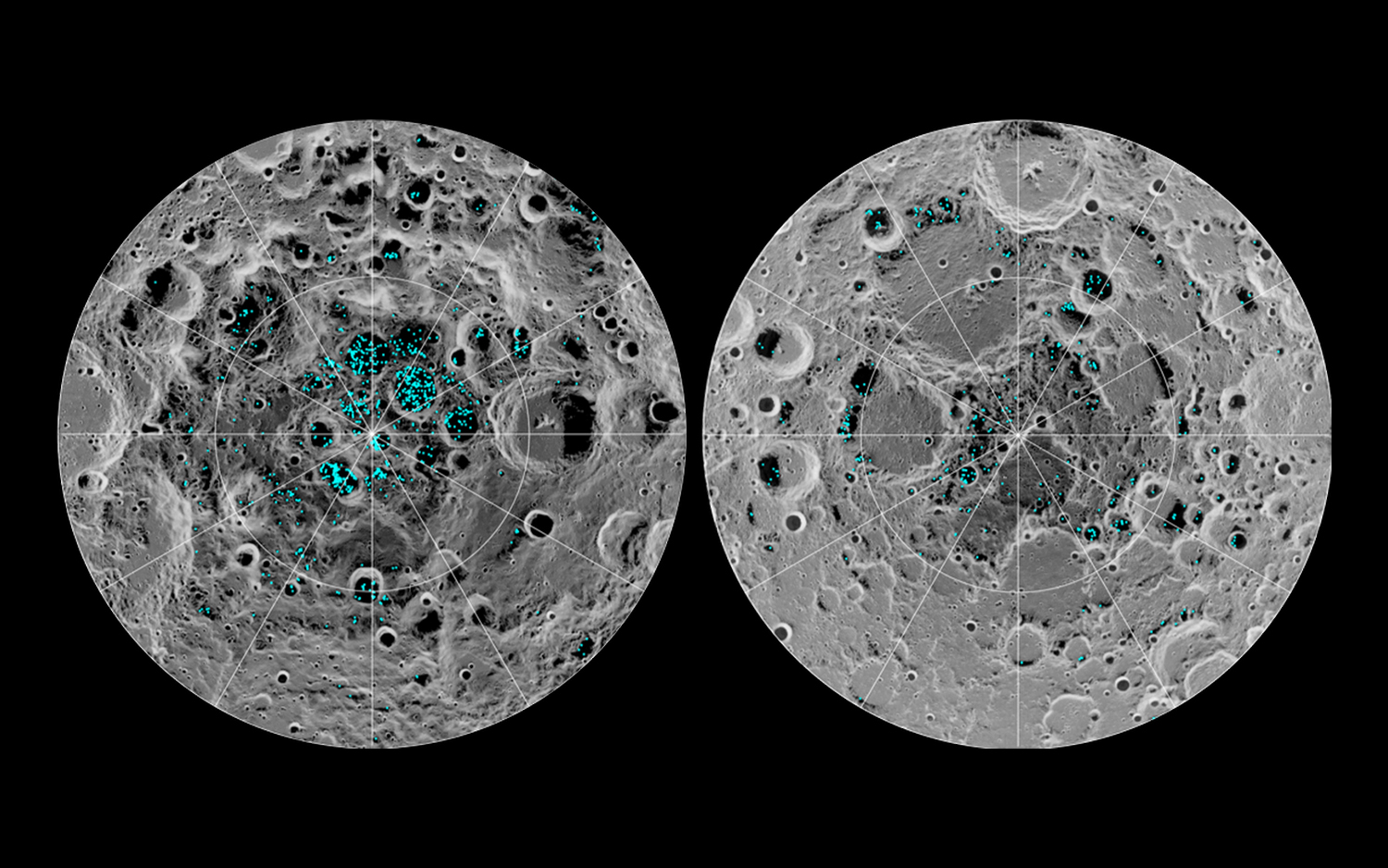There’s plenty of water ice on the Moon, but to make it drinkable, it would take a lot of work. Scientists have already proposed several technologies so that astronauts will always have water.

Aqualunar Challenge competition
There’s a simple reason why NASA’s upcoming Artemis missions should land near the Moon’s South Pole: the area is thought to have a lot of water ice.
Theoretically, humans could not only drink lunar water, but also get oxygen from it to create air suitable for breathing. But first, astronauts would need to melt the ice.
Finding a tangible way to do this is the goal of the Aqualunar Challenge project. As part of a collaboration between the UK and Canadian space agencies, teams from both countries are to propose ways of producing liquid water on the moon’s surface that could be used in the future. The organizers of the competition have announced the 10 British finalists.
Water on the Moon
Their task is not an easy one. It takes a lot of effort to turn lunar water ice into potable water, and not to mention to separate it into hydrogen and oxygen. In addition to being frozen like a rock, the water is probably permeated with lunar regolith, which turns into a grainy, tasteless liquid when wet. The inhabitants of the Moon must not only melt the ice, but also clean it.
Each team’s proposed technology must be able to withstand the harsh cold and razor-sharp dust particles of the Moon’s South Pole while keeping its mass as low as possible. In addition, especially for a task that could be a decisive between life and death for research astronauts, the method they choose must be easy to maintain.
“They cannot rely on components being sent up from Earth, and it won’t be possible for astronauts to regularly change filters and tighten nuts and bolts,” UKSA reserve astronaut Meganne Christian said in a statement. She is one of the judges evaluating the 10 British finalists, each offering a different approach.
Participating projects
Take the Lunasonic, which first melts ice into water and then cleans it with ultrasonic waves like a jewelry cleaner. Alternatively, the Regolith Ice Plasma Purifier for Lunar Exploration (RIPPLE) proposes to vaporize ice, push it into a vortex, and push out pollutants like a salad bowl. There is also an interesting initiative called Ganymede’s Chalice, which uses mirrors to concentrate sunlight on a crucible filled with ice and boils away pollutants one by one, leaving clean water.
Over the next few months, the teams behind these three ideas, as well as seven others, will work to develop their technologies with the help of a £30,000 grant (about $38,500 at current exchange rates). Finally, in March 2025, the organizers will announce the UK winner and two runners-up.
On the other side of the Atlantic, organizers of the Canadian competition have announced the eight semi-finalists. Four finalists will be selected from among them in early 2025, and the final Canadian winner will be announced in early 2026.
According to www.space.com


